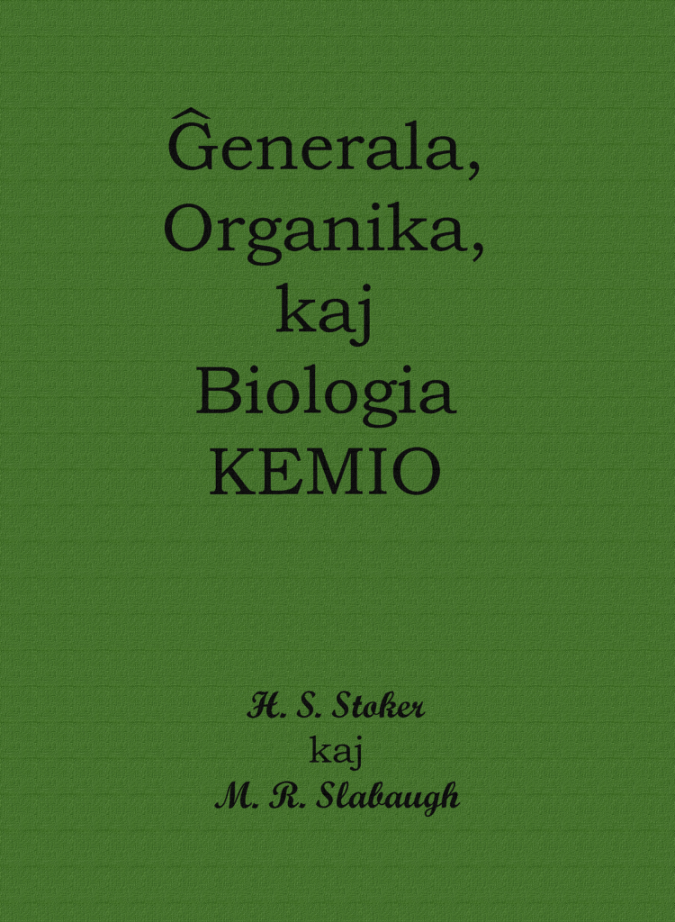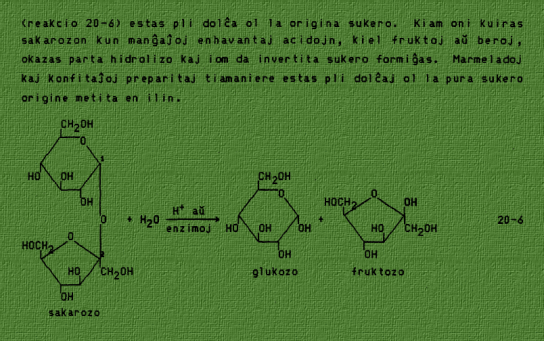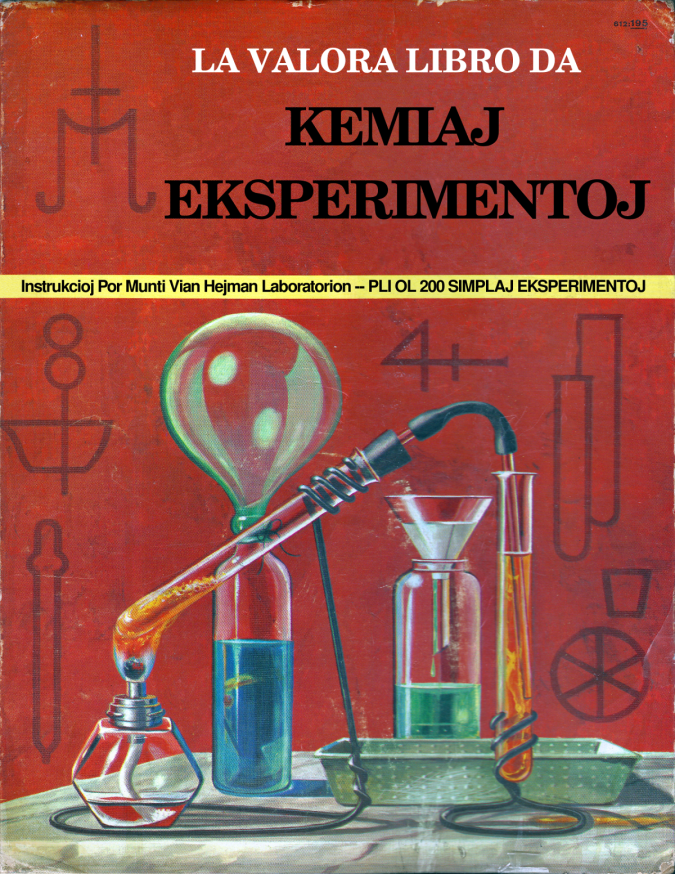Kemio en Esperanto
Success! Well, okay… only a minor success, but still. I finally managed to track down a PDF copy of “General, Organic, and Biological Chemistry” in Esperanto (Gxenerala, Organika, kaj Biologia Kemio). Yes Finally! After months of trying to track it down on the internet. I finally contacted an Esperanto speaker in Columbia, who gave me a link to the only working torrent.
http://isohunt.com/download/70393117/2afe090c0ce000911d7c89f499858d01ef8033a1.torrent
Sukceso! Bone, okaj… nur malgranda sukceso, sed ankoraŭ. Mi fine sukces ..mi trovis .PDF kopio de “Ĝenerala, Organika, kaj Biologia Kemio” en Esperanto (Gxenerala, Organika, kaj Biologia Kemio). Jes Fine! Post monatoj de provanta spuri ĝi en Interreto. Mi fine kontaktita Esperantoparolanton en Kolumbio, kiu donis min la korekto ligon por torento.
I originally found out about that book (Gxenerala, Organika, kaj Biologia Kemio) after doing a random search about the -ENZO suffix, and how it originated. That search led me to the reference to the translation of the book by the Chicago Esperanto Society. So, logically you would think that by contacting the Chicago Esperanto Society, would pave way to obtaining a copy…
…NOPE. They had never heard of it, nor had any copies. I’m not sure why it was so hard to track down, but alas i’m happy i found it. Now the work can continue on being able to translate Penumbra Overture into Esperanto. And eventually my original goal of translating the Golden Book of Chemistry Experiments into Esperanto as well. I’ve already translated the cover. It reads “La Valora Libro da Kemiaj Eksperimentoj”.
I’m still not that great at Esperanto, and still haven’t learned enough about the grammar, but I’m getting better at as time goes on.
and here is an interesting demonstration about combustion in chemistry by Daniel Solomon.
Kaj tio estas interesa klarigo de bruligxo esperante en kemia fakultato de Varsovia Politekniko je 14/12/07 de Daniel Salomon.



